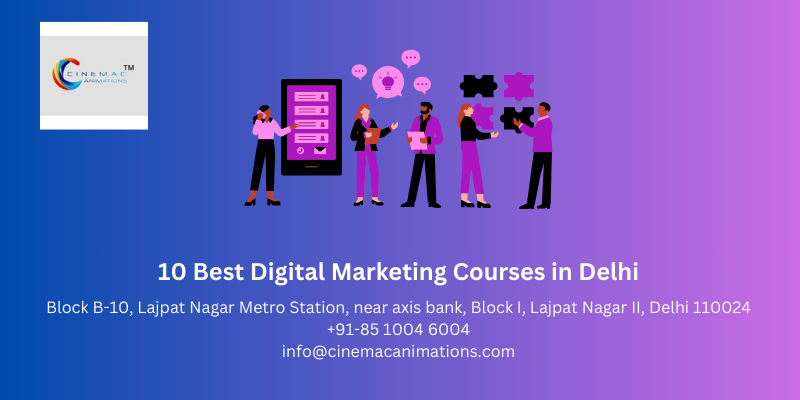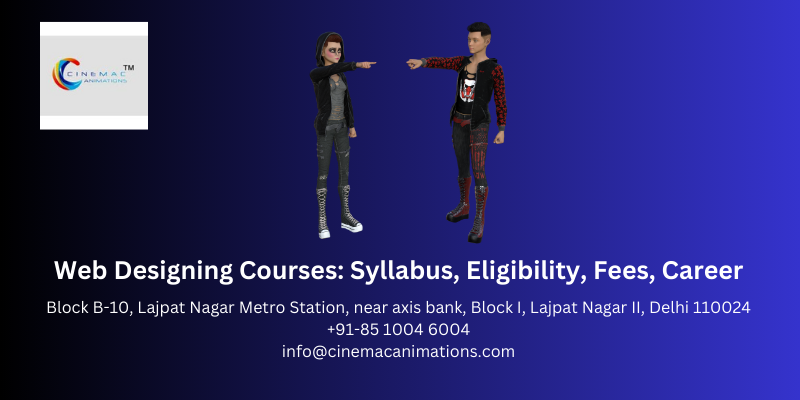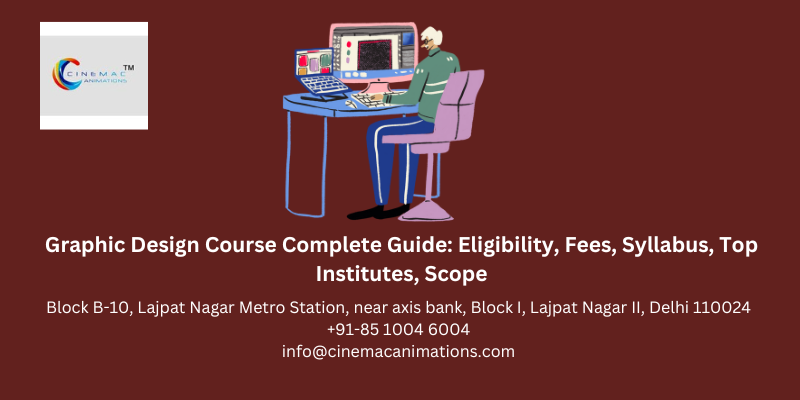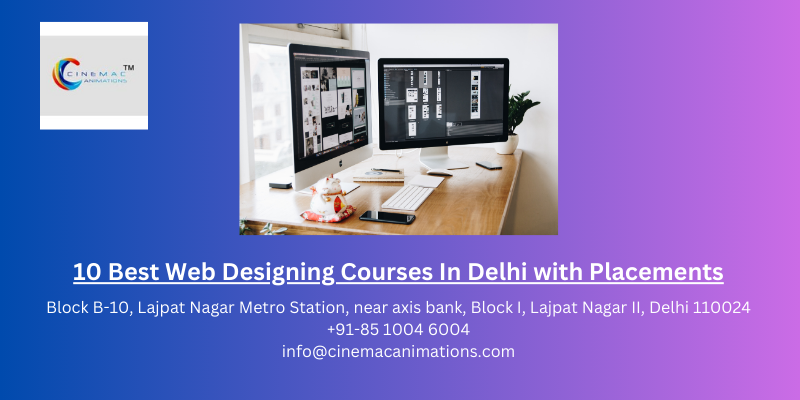Graphic Design Courses Fees The normal cost of a Graphic Design course depends on numerous factors like program level, college, institute, and duration. The table mentions the average Graphic Design course fees in Delhi on the basis of the course Read More …
Author: Admin
Top 10 Digital Marketing Institute in Delhi

List of Top 10 Digital Marketing Institutes in Delhi Digital marketing is growing rapidly and the demand for professionals who can manage organizations and lead them to success is increasing. And the advent of artificial intelligence has been a boost Read More …
Digital Marketing Syllabus
A thorough overview of the many facets of digital marketing is given in the syllabus for the course on digital marketing. Search engine optimization, pay-per-click advertising, social media marketing, email marketing, content marketing, mobile marketing, video marketing, analytics, and reporting Read More …
Web Designing Courses: Syllabus, Eligibility, Fees, Career

WHAT IS WEB DESIGNING? Many people get confused about web designing courses in Delhi and web development courses in Delhi. There is no need to learn both separately as these terms are used interchangeably. Both of these domains are mutually exclusive and Read More …
Graphic Design Course Complete Guide: Eligibility, Fees, Syllabus, Top Institutes, Scope

Graphic Design Courses in Delhi train students with skills used nearly everywhere, especially in business, marketing, magazines, and digital media. A degree in graphic design will typically take 3-4 years to complete, while a certified programs in graphic design would Read More …
10 Best Web Designing Courses In Delhi with Placements

Contents: Benefits of Web Designing Marketing Course 1. Cinemac Animations 2. Ducat India 4. TGC India 5. Caba Innovatives 6. Web Development Institute 7. ADMEC Multimedia 8. Dice Academy 9. WebTek Digital 10. Course Crown FAQs: 1. Which is the Read More …
Understanding B. Tech in artificial intelligence and machine learning
B.Tech in artificial intelligence and machine learning is one of the highly sought-after engineering programs that is currently spreading throughout the globe. Due to the increased demand for technical skills and expertise across multiple industries, students with various backgrounds are Read More …
Graphic Design Course Syllabus
What is Graphic Designing The use of visual elements such as font, color scheme, graphics, and images to convey ideas is known as graphic design. It facilitates visual communication between the brand and its audience. The purpose of graphic design Read More …
Animation Course Syllabus
In addition to developing some constantly evolving animation industry trends, the Diploma in Animation program involves producing fresh and original Game Designs, Web Designs, Animations, and more. The purpose of this course is to acquaint students with the technology utilized Read More …
Career after Digital Marketing
Digital marketing is a quickly growing field, and there are many different career paths available. If you’re interested in a career in digital marketing, there are a few things you can do to prepare. First, you will need to learn Read More …